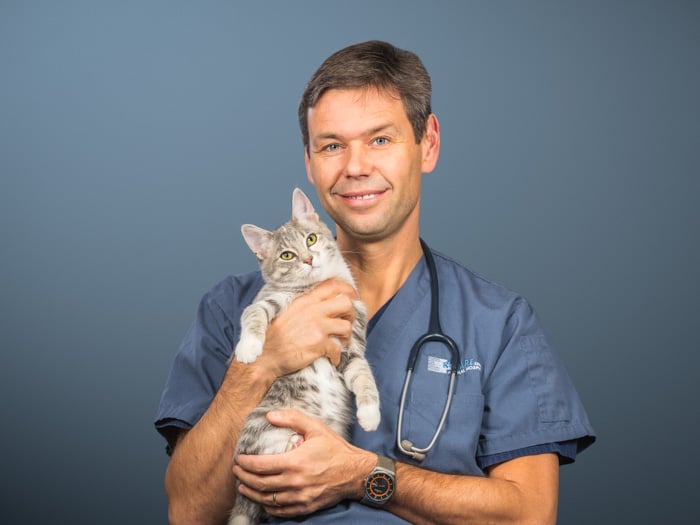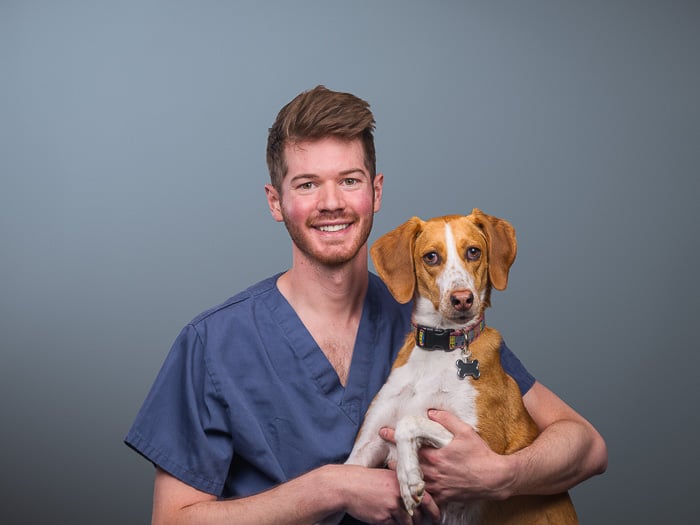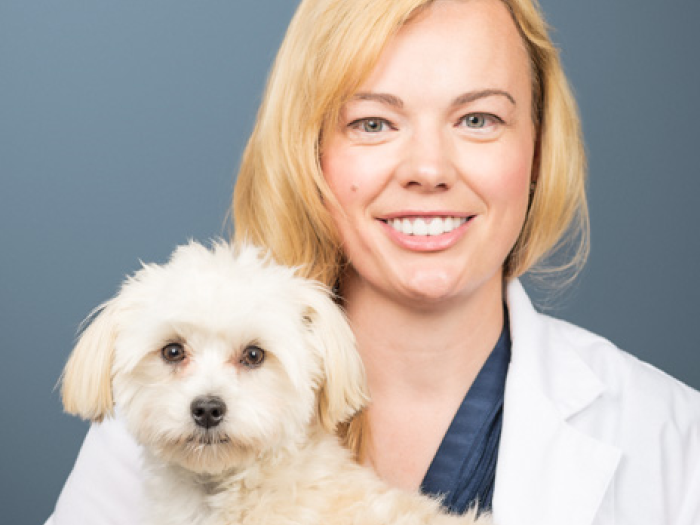VCA Canada CARE Centre is proud to offer a full service surgery department. Our team of surgeons can tackle the most challenging cases in the fields of orthopedic, thoracic, spinal, gastrointestinal, oncologic, ear, nose and throat as well as reconstructive surgery. We take pride in being able to provide these services on short notice as well to animals in critical condition. At any time of the day, night or weekend, our surgeons are present or on call to take a case to surgery.
Our staff consists of 3 board certified small animal surgeons, highly trained veterinary technologists and surgical assistant support staff. We believe that a “successful” surgical case requires attention to detail at every stage of case management and all of our staff contributes to that success.
This includes:
- An initial consultation with the surgeon and an in depth discussion of the surgical technique, including any potential complications and anticipated outcomes and costs.
- Accurate diagnosis using appropriate tests such as onsite blood tests, x-ray, computerized tomography (CT), MRI, arthroscopy, biopsy, etc.
- Anesthesia – smooth induction and recovery with intensive intra-operative monitoring under the direct supervision of our experienced veterinary technicians.
- Pain management – we believe in pre-emptive and multimodal pain management.
- Surgery – careful attention to aseptic technique. Our surgeons have a broad range of training and experience in a wide variety of surgical techniques.
- Aftercare – Our 24-hour care facility ensures that appropriate pain management and postoperative management techniques are applied throughout the night and on weekends.
- Home Care Instructions- a discharge appointment is set up to ensure that all go-home instructions are gone over and understood. In addition, after care instructions are written down and accompany the owner in a discharge package.
- Follow-up – we like to see our cases through to a successful conclusion whenever distance allows. Suture removal and other follow-up appointments are scheduled at the time of discharge




